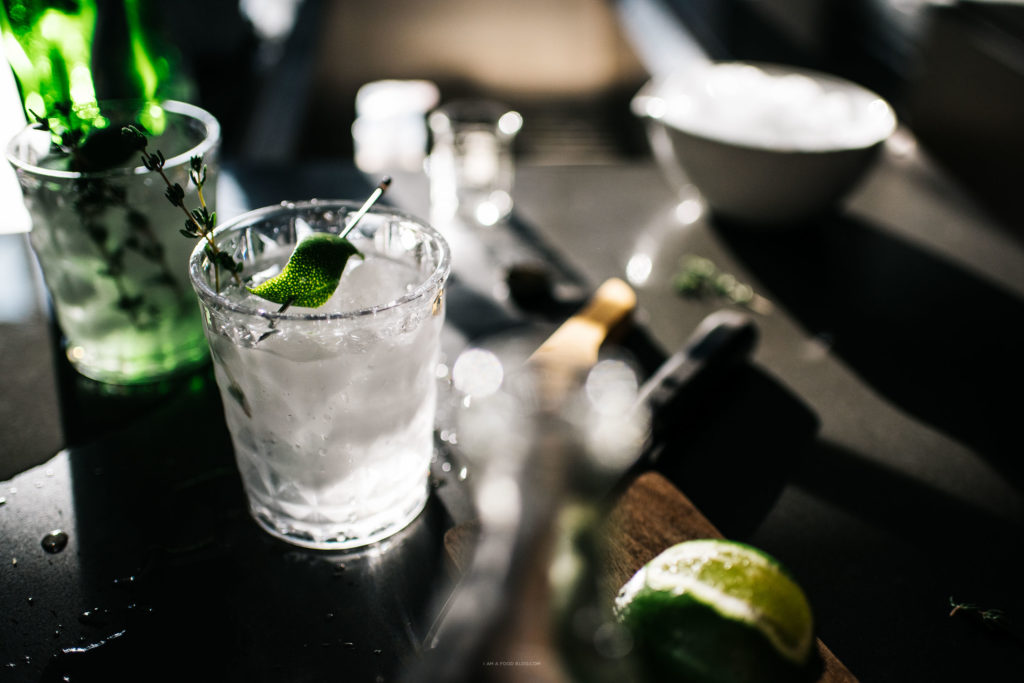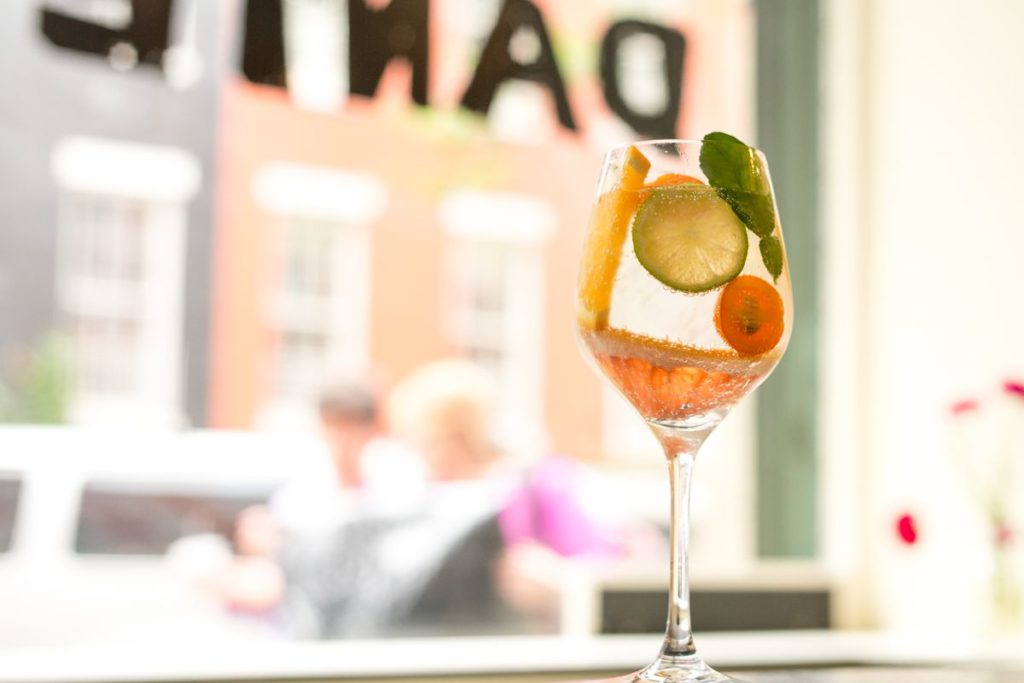The 9th of June is World Gin Day
Over the past decade gin has seen a resurgence around the world and, according to the experts, it doesn’t seem to be slowing down soon. This trends has resulted in the release of many -successful- “craft” gins, adding huge variety to this once stagnant market.
With this in mind, World Gin Day could be the perfect day to put the spotlight on gin and on your bar. Here’re some need-to-know facts to get you started.
A Brief History
Although gin is known as quintessentially British it does not originate from Britain. Gin’s history begins with the Dutch spirit genever, a much sweeter malt distillate also distilled with juniper berries, chosen for their health properties. During the times of the Spice Races -where the Dutch were very successful- warehouses up and down the rivers around Rotterdam overflowed with herbs, spices and more! In order to make use of excess produce before it turned bad the Dutch began adding it to their genever.

The British nicknamed genever “Dutch Courage”, because of the strength and courage they believed it gave Dutch mercenaries. In the late 1600’s the British began allowing anyone to distill “Dutch Courage”, in the hope that it would stop them buying French brandy and Dutch genever. It worked, but gin production was poorly regulated and cheap, semi-poisonous spirt made from the cheapest materials available was being concocted all over the country. By the early 1700’s gin had earned the title “Mother’s Ruin”.
The “Gin Craze” eventually petered-out when laws were put in place to stop home distilling and to regulate and tax the beverage. Gin remained the choice drink in Britain and over in her colonies, where it was mixed with quinine water -the drink used to prevent malaria- to become the medicinal drink of choice; thus creating the rudimentary G&T.
In the early 1800’s British gin had significantly differentiated itself from genever. It used a rectified -almost flavorless- base spirit that was then distilled with botanicals and sweetened; this is called Old Tom gin. Charles Tanqueray created the London Dry style of gin -unsweetened- in the 1830’s and this has been the pinnacle of gin production ever since. Many, now famous, gins arose in the 1800’s and each distillery uses their own secret blend of botanicals in order to create their unique product.
Styles of Gin
There are some rules related to distilling gin and it’s varietals. There are 10 Protected Designated Origins (PDOs) for gin in Europe, and genever also has its own. There are three classifications for the use of the word gin: Gin, Distilled Gin, and London Distilled Gin; inserting “dry” wherever you want. These classifications go in ascending order of specificity, with London Distilled Gin needing to be distilled to at least 70 percent, before being redistilled in a pot still with botanicals that are all natural plant material, with jbuniper as the predominant flavor.

The newer gins mentioned at the start are rising in popularity -as are examples of Old Tom gin- and some of these newer expressions are focusing on botanicals besides juniper.
Gin Cocktails
Gin goes much further than the simple G&T and it was the original spirit used for the Martini. Other classic and well known gin cocktails include: the Gin Ricky, the Tom Collins, the Gimlet, the Negroni, and the Gin Fizz. Adding fresh fruits and/or liqueurs to these cocktails can create totally different and unique drinks.
With the martini it is also possible to use different gins, vermouths, and liqueurs to enhance different flavors, complementing the different botanicals that arise in different gins, alongside the piney notes of juniper.
Using This to Your Advantage
Decide how much you want to partake in World Gin Day. You could do anything, from simply having a gin cocktail of the day, to a gin week, to throwing a full-on British themed Gin Party!
Use the above information to educated your bartenders about gin, if they’ve never delved into gin, this will teach them about this complex spirit. Allow them to experiment with gin and see what they can create.



